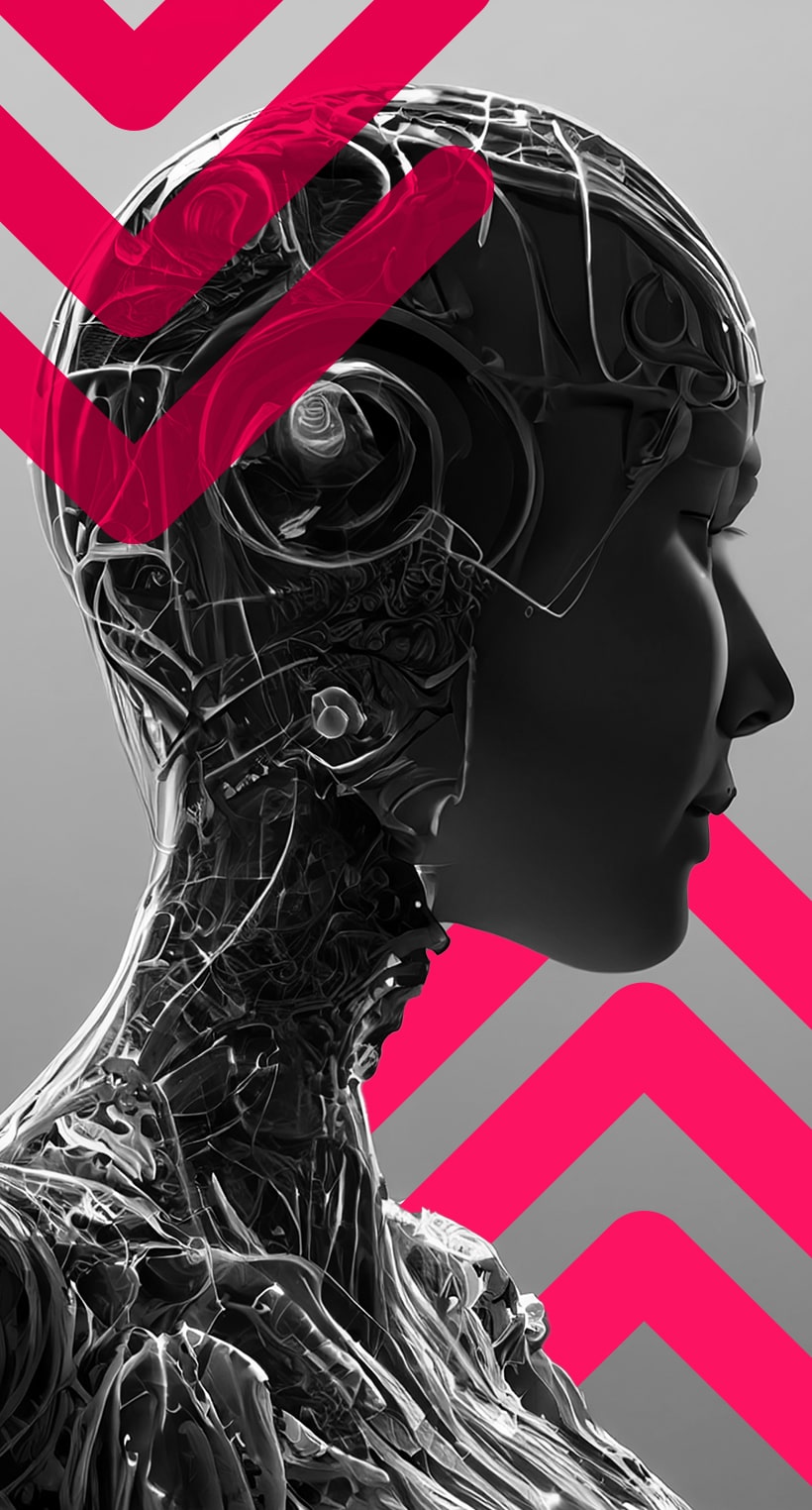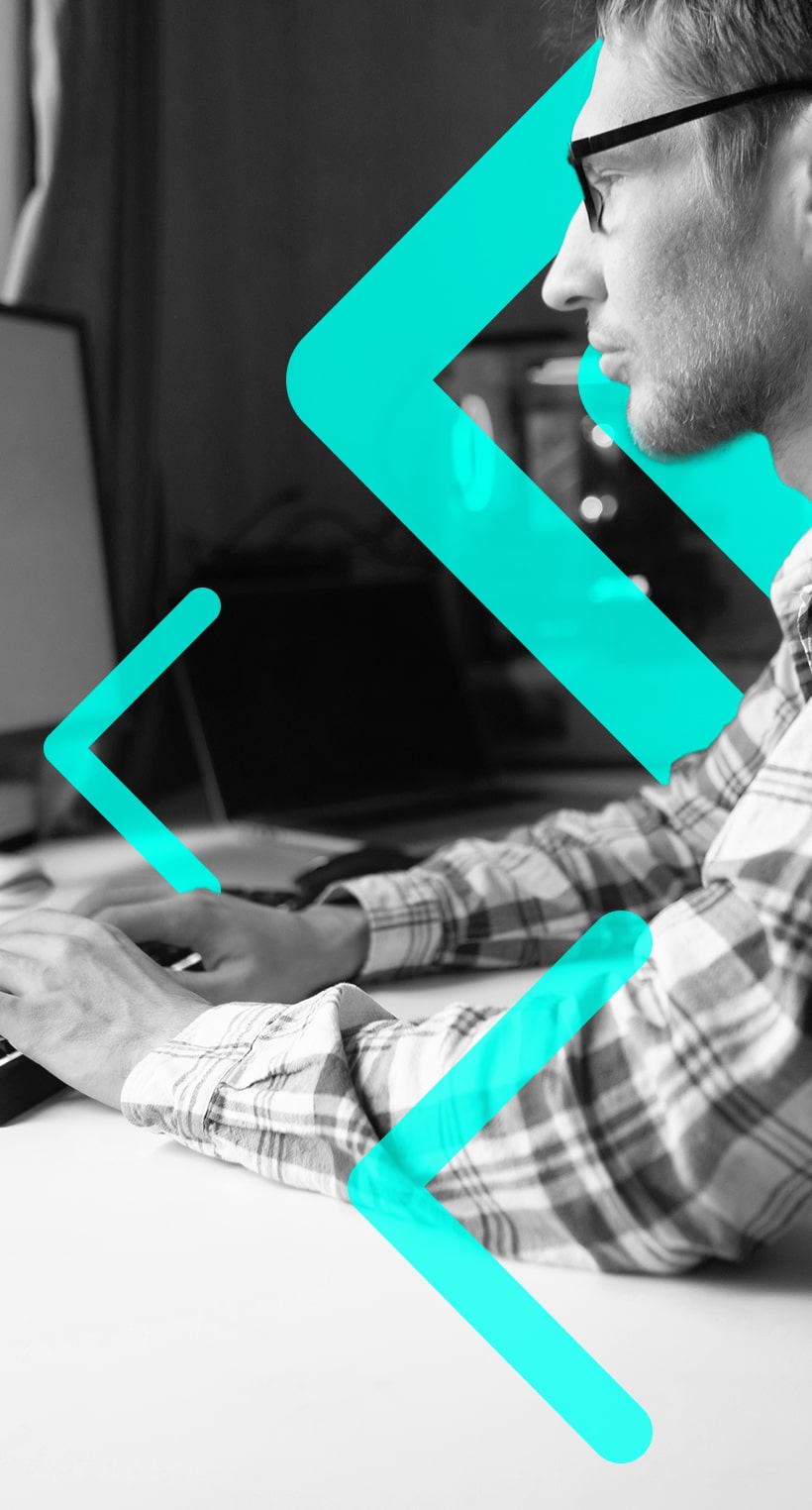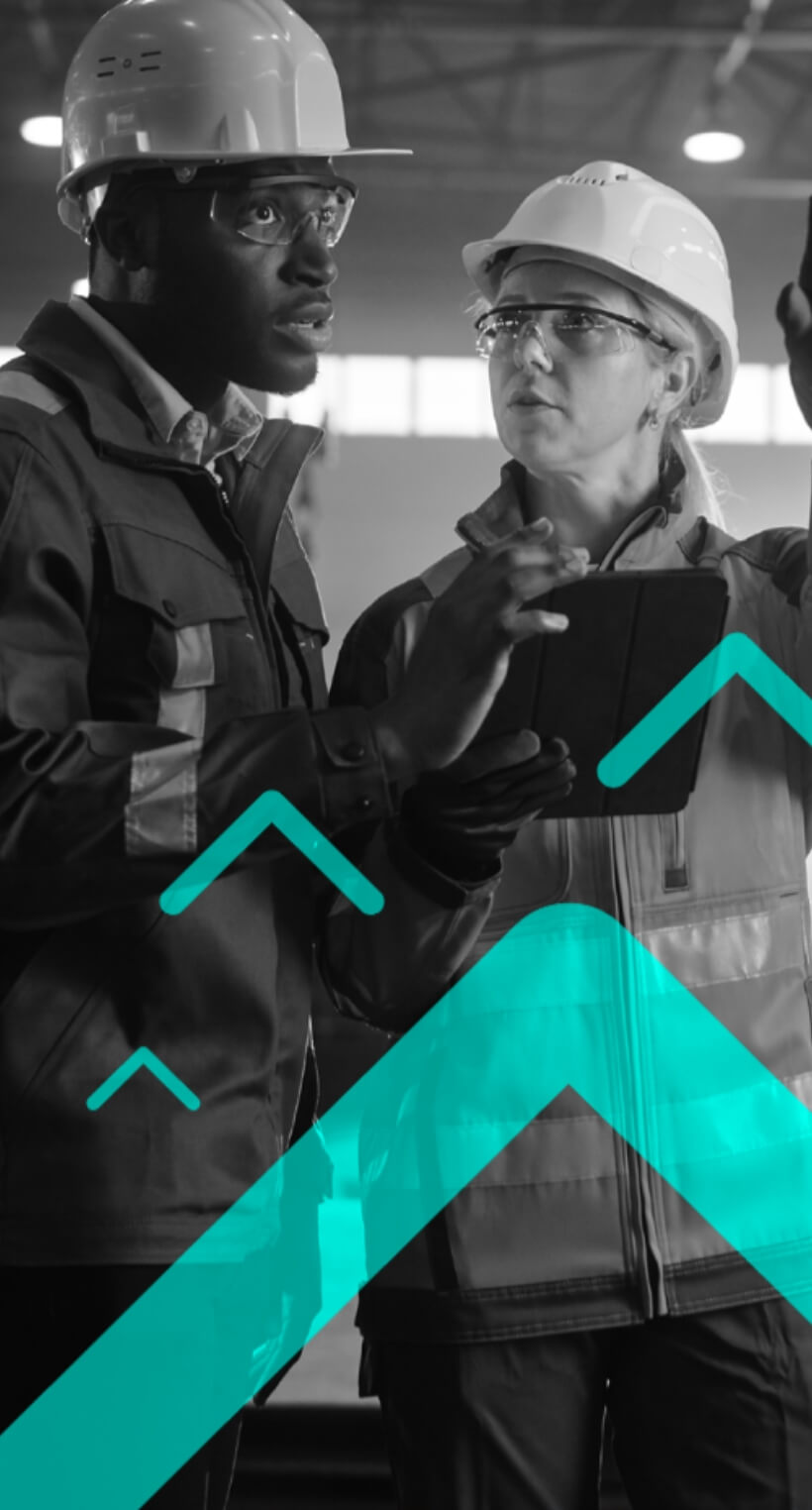Here’s a fun acronym you may or may not be familiar with yet, but which you will surely come across more and more as AI takes centre stage in our digital lives: IoT (read: the Internet of Things).
In basic terms, the Internet of Things is the digital magic that brings everyday objects to life. Think of your ordinary stuff: from your refrigerator to your car, your smartwatch to your thermostat. By themselves, they are little more than pretty contraptions of copper and plastic. Add the internet to them, and you have a device akin to what the previous generations would label a super-gadget.
Instead of just doing their regular job, like keeping your milk cold or telling time, these devices can now talk to each other and, most importantly, talk to you. Add the power of AI in the mix, and suddenly, you’re living in a world where objects are not quite as inanimate as they used to. Your fridge might send you a message saying, “Hey, you’re running low on cheese slices,” or your car can tell you when it needs an oil change. It’s like your things are suddenly your personal assistants.
But the real magic happens when all these objects work together thanks to these AI implementations. For instance, your alarm clock can tell your coffee maker to start brewing your morning coffee as soon as you wake up. It’s all about making your life easier and more fun, thanks to these smart, connected gadgets.
However, the true potential of IoT is yet to be fully realised. After all, the key to the Internet of Things is all about collecting and sharing data, and there’s no better data processor than artificial intelligence. It’s the integration of AI that truly takes IoT to the next level. Here’s just a few examples of how:
- Smart Insights and Predictive Analytics: AI algorithms can analyse the vast amount of data generated by IoT devices, extracting meaningful insights and identifying trends that may not be apparent to humans—need an extra dose of caffeine in your morning coffee after a rough night? Don’t you worry, your smartwatch has already given the coffee maker a heads up!
- Enhanced Automation: IoT devices are designed to perform tasks autonomously. For example, a smart thermostat can learn your heating and cooling preferences and adjust settings accordingly, optimising both your comfort and your energy use.
- Real-time Decision Making: For instance, in a smart traffic management system, AI can analyse traffic data and adjust signal timings to reduce congestion, improving traffic flow. Just imagine not dreading rush hour on the commute home. Just. Imagine.
- Improved Security: AI plays a crucial role in bolstering the security of IoT networks. It can identify and respond to security threats, detect anomalies in device behaviour and protect sensitive data. Now, we’re not saying your fridge is going to poison intruders, but your safe might roll out a couple extra measures if it gets suspicious, so take that, burglars!
- Personalised User Experiences: AI already processes data from IoT devices to create personalised user experiences. A fine example that is already being used is how fitness trackers analyse your activity data and provide personalised fitness recommendations. In case there were any doubts left on this point, not one size fits all! And AI will drive the revolution on inclusion and diversity in that particular department.
Beyond the personal sphere, the synergy of IoT and AI is already making waves in various industries. In Healthcare, IoT devices combined with AI are used for remote patient monitoring, a true game changer for patients with chronic conditions. Smart factories across the globe leverage IoT sensors and AI to monitor equipment in real time and predict maintenance needs. IoT and AI also work together to optimise traffic management, reduce energy consumption, and enhance public safety (cue the buzz around Smart Cities). AI has even introduced IoT-powered precision agriculture systems that provide farmers with insights into crop conditions, soil quality, and weather patterns.
As AI continues to advance and IoT devices become more widespread, the future of this partnership is full of possibilities. Here are a few trends our team of experts have pointed out to watch for:
- Edge AI: Edge computing, where data is processed closer to the source (aka the IoT device), is becoming increasingly important. Edge AI allows devices to make quick decisions without relying on a central server, reducing latency and enhancing real-time responses. We personally can’t wait for this one to become a widespread reality!
- Interoperability: The seamless integration of IoT and AI across various devices and platforms is a key challenge. Standards and protocols for data exchange will be essential to ensure compatibility and foster innovation, so watch this space for investment opportunities and innovation!
- Ethical Considerations: The responsible and ethical use of AI in IoT is critical. As these technologies become more ingrained in our daily lives, ensuring data privacy, security, and ethical AI practices will be paramount.
The fusion of AI and IoT represents a significant leap in technological advancement. It has the potential to revolutionise industries, improve our daily lives, and create more efficient and sustainable systems. The journey is just beginning, and the possibilities are boundless. As we move forward, embracing the transformative partnership with AI will be the key to fully unlock the potential of the Internet of Things.
The future promises an exciting and intelligent world where our devices seamlessly interact and adapt to our needs, making our lives more convenient, efficient, and connected. If you want to learn more, or have any questions about enhancing your products or services with AI, why not reach out to one of our experts today?
;)
;)
;)